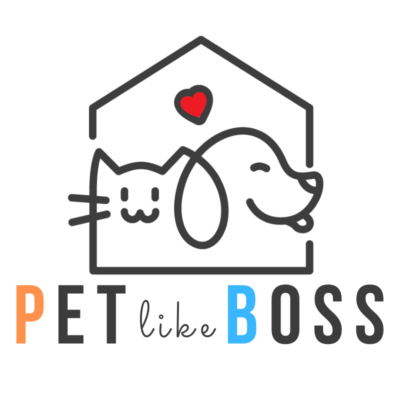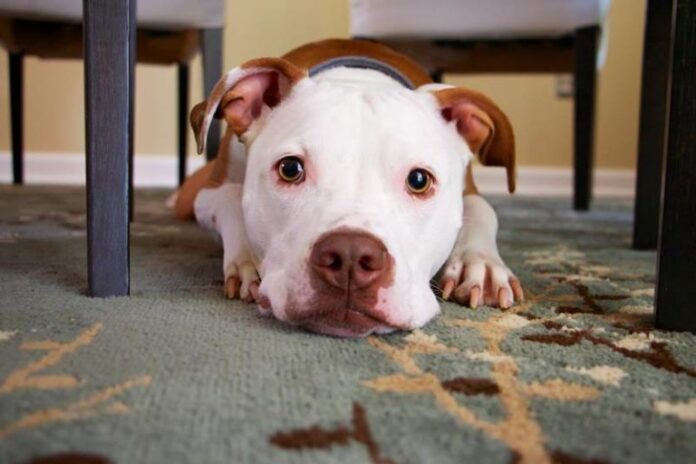Have you ever wondered why do dogs lay under tables and what drives this peculiar behavior? As a pet parent, seeing your furry friend regularly retreat beneath furniture might raise some questions. Let’s dive into this common canine behavior and understand what your four-legged companion is trying to tell you.
The Natural Den Instinct
Dogs, despite being domesticated for thousands of years, still retain many of their ancestral behaviors One of the most prominent instincts is their desire to seek out den-like spaces This natural inclination explains why do dogs lay under tables – it’s literally in their DNA!
Safety and Security
When your pup chooses to hang out under the table, they’re actually following their instinctive need for:
- Protection from above
- Clear visibility of their surroundings
- A sense of containment
- Personal space
Common Reasons Your Dog Seeks Table Shelter
1. Stress Relief
Just like humans, dogs need their own space to decompress The area under tables provides – A quiet retreat- Limited access from other pets or people- A controlled environment
2. Temperature Control
Tables can offer:- Cooler spots during hot weather- Shelter from drafts- Protection from direct sunlight
3. Social Observation
Your dog can:- Watch family activities- Stay close to their humans- Participate passively in gatherings
When Should You Be Concerned?
While it’s typically normal behavior, excessive hiding might indicate:- Anxiety or fear- Physical discomfort- Response to environmental changes
For more detailed information about dog behavior and health, check out our comprehensive dog care guides.
Creating a Safe Space
If your furry friend enjoys chillin’ under tables, consider:1. Placing a comfy bed nearby2. Keeping the area clean3. Respecting their space4. Making it accessible
The Social Aspect
Dogs are pack animals, and staying under the dining table during meals might be their way of:- Maintaining pack connection- Hoping for fallen treats- Staying involved in family activities
At Pet like boss, we understand these behaviors and provide expert guidance for pet parents looking to better understand their furry friends.
Tips for Managing Under-Table Behavior
When It’s OK:
- During thunderstorms
- When new guests arrive
- During overwhelming situations
- When they need quiet time
When to Redirect:
- During formal dining
- When it interferes with daily activities
- If the behavior seems compulsive
- When it’s unsafe
Making Alternative Spaces
Consider creating other cozy spots:1. Dedicated dog beds2. Crate training3. Quiet corners4. Covered spaces
Understanding Your Dog’s Communication
Your dog’s choice to lay under tables might be telling you:- They need more quiet time- The environment is too stimulating- They’re seeking security- They want to be close to family
Health and Safety Considerations
Keep in mind:- Ensure the space is clean- Check for hazards- Monitor for unusual behavior- Maintain regular vet check-ups
The Bottom Line
Understanding why dogs lay under tables helps us better support our furry friends’ needs. It’s usually a perfectly normal behavior rooted in their natural instincts. However, if combined with other concerning behaviors, consult your veterinarian.
Creating Balance
Remember to:- Respect their space- Provide alternatives- Monitor behavior changes- Maintain consistent routines
Additional Tips for Pet Parents
- Create multiple safe spaces
- Use positive reinforcement
- Maintain regular exercise
- Provide mental stimulation
Final Thoughts
Your dog’s under-table hideout is typically nothing to worry about. It’s just one of many ways they express their natural instincts and seek comfort. By understanding and respecting this behavior while ensuring it doesn’t become problematic, you’re helping your furry friend feel secure and loved in their environment.
Remember, every dog is unique, and what works for one might not work for another. The key is understanding your specific pet’s needs and behaviors while maintaining a healthy balance between their desire for security and normal household activities.
Want to learn more about dog behavior and care? Visit our extensive collection of articles at Pet like boss for expert advice and tips on being the best pet parent possible.












